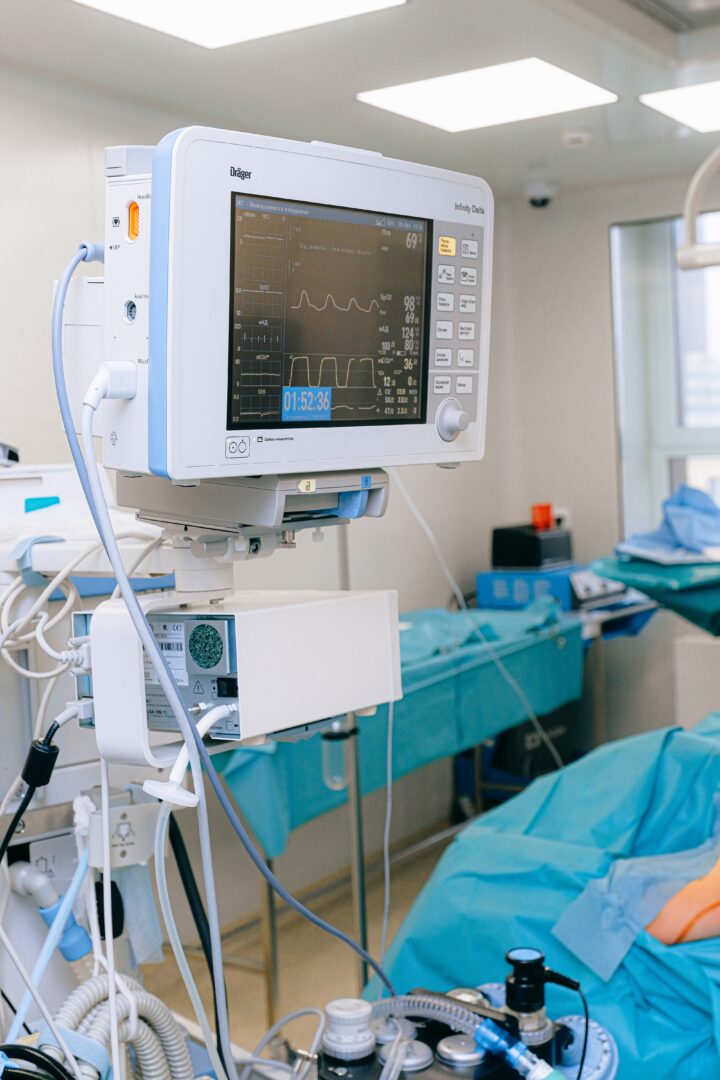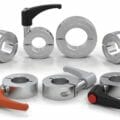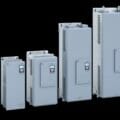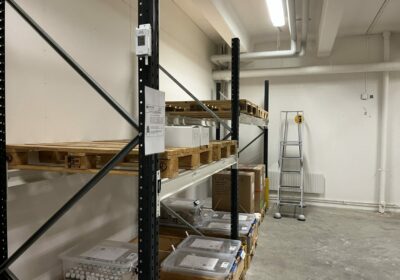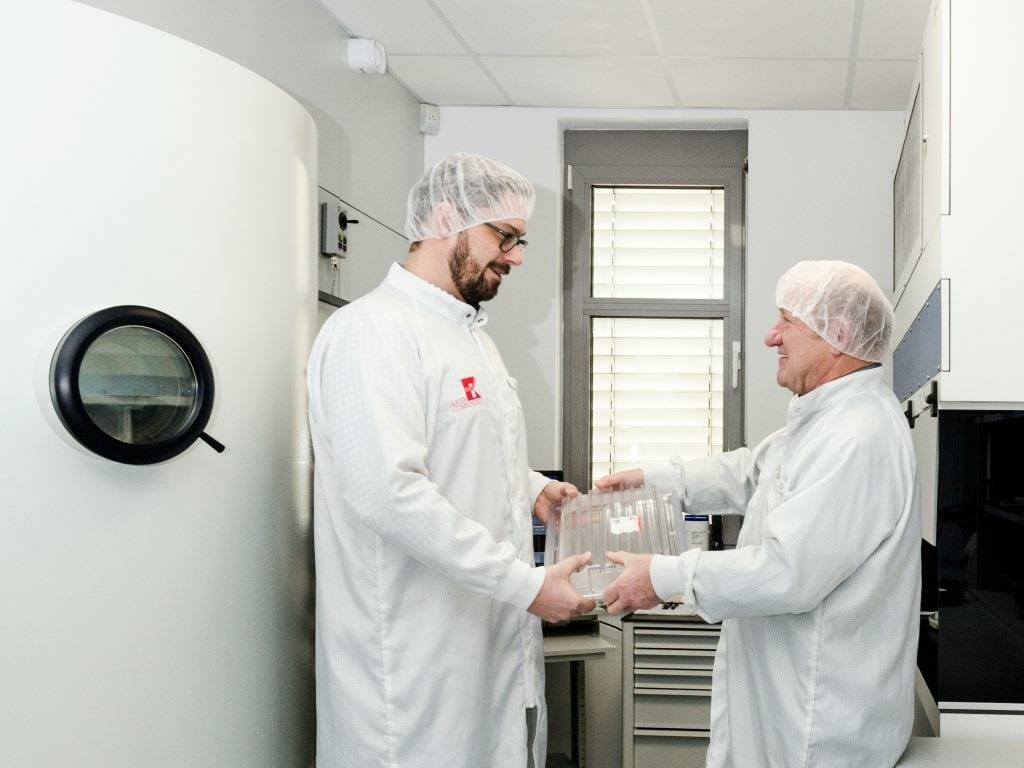~ Harnessing resistors and transformers to mitigate electrical hazards ~

In the field of medical technology, the use of electrical equipment plays a crucial role in diagnosing, treating and monitoring patients. From imaging devices to life-support systems, these devices have revolutionised healthcare. However, these technologies come with inherent risks and dangers as electrical hazards can pose significant threats to both patients and healthcare professionals. Here, Steve Hughes, managing director of power quality specialist, REO UK, explores how resistors and transformers serve as lifesaving components in mitigating these risks.
If it is not designed and maintained appropriately, medical equipment is at risk of electrical leakage, leading to burns. Sudden power surges can also damage sensitive electronic components, potentially compromising the functionality of the medical equipment and jeopardizing patient safety. Similarly, poor grounding or improper earthing of electrical equipment can result in the build-up of electrical potential, creating the risk of electric shock.
Resistors
Resistors are passive electrical components designed to restrict the flow of electric current in a circuit. They play a fundamental role in medical technology, acting as essential lifesavers in the face of potential dangers.
By placing resistors strategically in circuits, the amount of electrical energy reaching critical components can be regulated, preventing damage and reducing the risk of fires or equipment failure.
In medical devices that require different voltage levels, resistors are employed to divide the voltage across the circuit. This ensures that sensitive components receive the appropriate amount of voltage and prevents damage caused by overvoltage, enhancing the longevity and reliability of medical equipment.
Resistors with transient voltage suppression capabilities safeguard against power surges, a common occurrence in medical settings. They absorb and dissipate excessive voltage spikes, protecting equipment from damage and minimising the risk of malfunctions that could compromise patient safety.
Transformers
Transformers are devices that facilitate the transfer of electrical energy from one circuit to another through electromagnetic induction. In medical technology, transformers play a crucial role in ensuring safety and mitigating electrical risks.
These devices are used to regulate and step up or step down voltage levels as required by medical equipment. By converting electrical energy to the appropriate voltage, transformers protect devices from receiving excessive voltage that could lead to equipment failure or patient harm.
Similarly, medical devices often require isolation from the main power supply to prevent electrical shocks. Transformers provide galvanic isolation, separating the primary and secondary circuits, ensuring that any potential faults or surges in one circuit do not propagate to the other.
Transformers equipped with ground fault protection mechanisms can also detect failures when an electrical current finds an unintended path to the ground and quickly interrupt the circuit to prevent electrical shocks. This feature enhances patient safety by minimising the risk of electric shock accidents.
Electrical safety is of paramount importance in medical technology, where the reliability and integrity of equipment can mean the difference between life and death. Resistors and transformers play a critical role in mitigating the inherent electrical risks in medical settings. By limiting current, dividing voltage, dissipating heat, providing electrical isolation and facilitating voltage transformation, these components act as lifesavers.
REO is committed to advancing stringent safety standards in the medical technology industry, ensuring that patients receive the best possible care while minimising the risks associated with electrical hazards. The REOMED isolation transformers are characterised by their very low magnetic stray field, high level of safety and reliability, while also providing high efficiency and easy connectivity.
To find out more about REO’s range of medical solutions or to keep up with the latest news about electrical equipment visit www.reo.co.uk.

